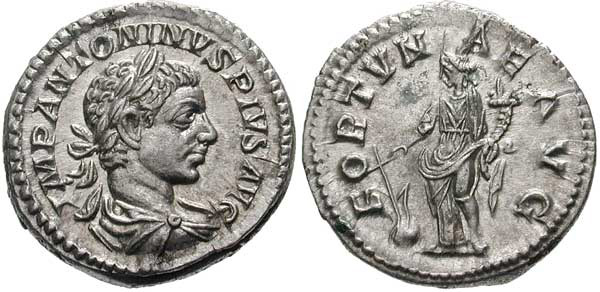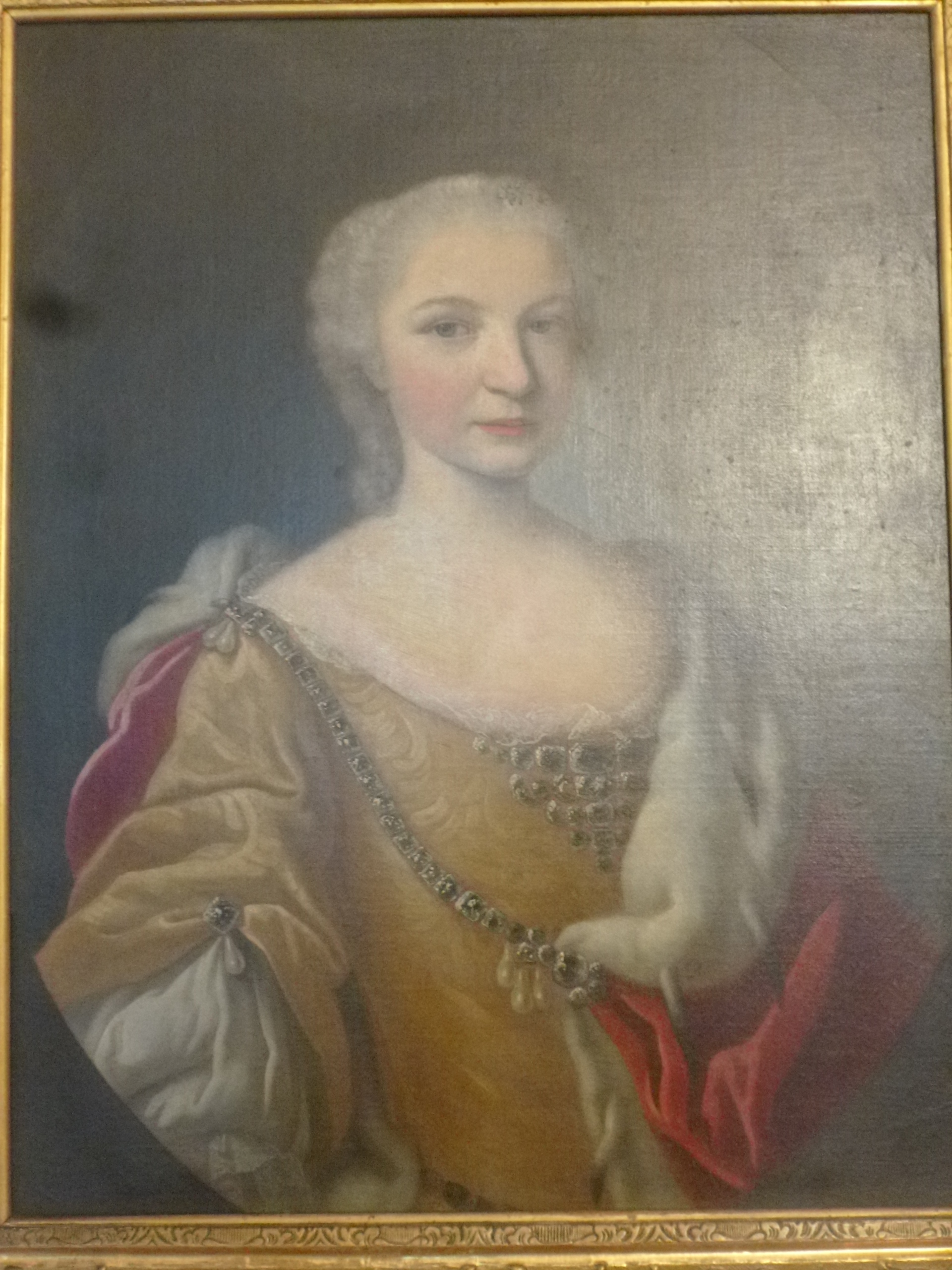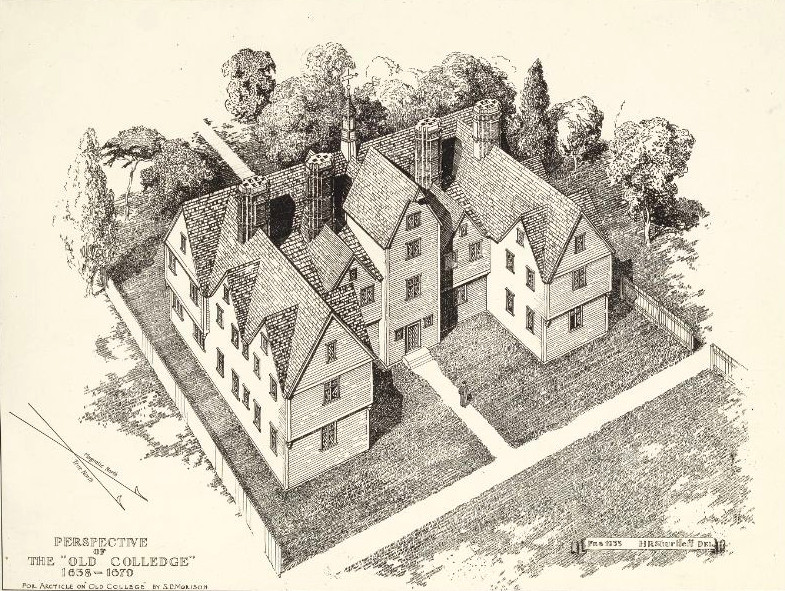|
March 13
Events Pre-1600 * 222 – Roman emperor Elagabalus is murdered alongside his mother, Julia Soaemias. He is replaced by his 14-year old cousin, Severus Alexander. * 624 – The Battle of Badr, the first major battle between the Muslims and Quraysh. * 1323 – Siege of Warangal: Sultan Ghiyath al-Din Tughluq sends an expeditionary army led by his son, Muhammad bin Tughluq, to the Kakatiya capital Warangal – after ruler Prataparudra has refused to make tribute payments. He besieges the city and finally, after a campaign of 8 months, Prataparudra surrenders on November 9. * 1567 – The Battle of Oosterweel, traditionally regarded as the start of the Eighty Years' War. * 1591 – At the Battle of Tondibi in Mali, Moroccan forces of the Saadi dynasty, led by Judar Pasha, defeat the Songhai Empire, despite being outnumbered by at least five to one. 1601–1900 *1639 – Harvard College is named after clergyman John Harvard. * 1697 – ... [...More Info...] [...Related Items...] OR: [Wikipedia] [Google] [Baidu] |
Elagabalus
Marcus Aurelius Antoninus (born Sextus Varius Avitus Bassianus, 204 – 13 March 222), better known by his posthumous nicknames Elagabalus ( ) and Heliogabalus ( ), was Roman emperor from 218 to 222, while he was still a teenager. His short reign was notorious for religious controversy and alleged sexual debauchery. A close relative to the Severan dynasty, he came from a prominent Syrian Arabs, Syrian Arab family in Emesa (Homs), Roman Syria, Syria, where he served as the head priest of the Solar deity, sun god Elagabalus (deity), Elagabal from a young age. After the death of his cousin, the emperor Caracalla, Elagabalus was raised to the principate at 14 years of age in an army revolt instigated by his grandmother Julia Maesa against Caracalla's short-lived successor, Macrinus. He only posthumously became known by the Latinised name of his god. Elagabalus is largely known from accounts by the contemporary senator Cassius Dio who was strongly hostile to him, Herodian, who lik ... [...More Info...] [...Related Items...] OR: [Wikipedia] [Google] [Baidu] |
Mali
Mali, officially the Republic of Mali, is a landlocked country in West Africa. It is the List of African countries by area, eighth-largest country in Africa, with an area of over . The country is bordered to the north by Algeria, to the east by Niger, to the northwest by Mauritania, to the south by Burkina Faso and Ivory Coast, and to the west by Guinea and Senegal. The population of Mali is about 23.29 million, 47.19% of which are estimated to be under the age of 15 in 2024. Its Capital city, capital and largest city is Bamako. The country has 13 official languages, of which Bambara language, Bambara is the most commonly spoken. The sovereign state's northern borders reach deep into the middle of the Sahara, Sahara Desert. The country's southern part, where the majority of inhabitants live, is in the Sudanian savanna and has the Niger River, Niger and Senegal River, Senegal rivers running through it. The country's economy centres on agriculture and mining with its most promine ... [...More Info...] [...Related Items...] OR: [Wikipedia] [Google] [Baidu] |
1741
Events January–March * January 13 ** Lanesborough, Massachusetts is created as a township. ** Conventicle Act of 1741 is introduced in Denmark-Norway. *February 13 – Sir Robert Walpole, the Prime Minister of Great Britain, popularizes the term "the balance of power" in a speech in Parliament. *February 14 – Irish-born actor Charles Macklin makes his London stage debut as Shylock in '' The Merchant of Venice'' at the Theatre Royal, Drury Lane, pioneering a psychologically realistic style with Shakespeare's text revived, replacing George Granville's melodramatic adaptation ''The Jew of Venice''. Kitty Clive plays the travesti role of Portia. *March 9 – War of the Austrian Succession: Prussian troops bring down the Austrian fortress of Glogau (modern-day Głogów in Poland). * March 13 – The British Royal Navy takes 180 warships, frigates and transport vessels, led by Admiral Edward Vernon, to threaten Cartagena, Colombia, with mor ... [...More Info...] [...Related Items...] OR: [Wikipedia] [Google] [Baidu] |
Spanish Conquest Of Guatemala
In a protracted conflict during the Spanish colonization of the Americas, Spanish colonisers gradually incorporated the territory that became the modern country of Guatemala into the colonial Viceroyalty of New Spain. Before the conquest, this territory contained a number of competing Mesoamerican kingdoms, the majority of which were Maya peoples, Maya. Many conquistadors viewed the Maya as "infidels" who needed to be forcefully converted and pacified, disregarding the achievements of their Maya civilization, civilization.Jones 2000, p. 356. The first contact between the Maya and European colonization of the Americas, European explorers came in the early 16th century when a Spain, Spanish ship sailing from Panama to Hispaniola, Santo Domingo (Hispaniola) was wrecked on the east coast of the Yucatán Peninsula in 1511. Several Spanish expeditions followed in 1517 and 1519, making landfall on various parts of the Yucatán coast. The Spanish conquest of the Maya was a prolonged affair ... [...More Info...] [...Related Items...] OR: [Wikipedia] [Google] [Baidu] |
Conquistador
Conquistadors (, ) or conquistadores (; ; ) were Spanish Empire, Spanish and Portuguese Empire, Portuguese colonizers who explored, traded with and colonized parts of the Americas, Africa, Oceania and Asia during the Age of Discovery. Sailing beyond the Iberian Peninsula, they established numerous Colony, colonies and trade routes, and brought much of the "New World" under the dominion of Spain and Portugal. After Christopher Columbus's arrival in the West Indies in 1492, the Spanish, usually led by Hidalgo (nobility), hidalgos from the west and south of Spain, began building a colonial empire in the Caribbean using colonies such as Captaincy General of Santo Domingo, Santo Domingo, Captaincy General of Cuba, Cuba, and Captaincy General of Puerto Rico, Puerto Rico as their main bases. From 1519 to 1521, Hernán Cortés led the Spanish conquest of the Aztec Empire, ruled by Moctezuma II. From the territories of the Aztec Empire, conquistadors expanded Spanish rule to northern Ce ... [...More Info...] [...Related Items...] OR: [Wikipedia] [Google] [Baidu] |
Itza People
The Itza are a Maya ethnic group descendants of the Chanes Maya, Chanes from the Chontal Maya, Chontal region of Tabasco from where they made a historic migration arriving at Bacalar and northern Yucatán during the 10th century, then they arrived at Champotón, Campeche, Champotón and finally in the 15th century they settled around Lake Petén Itzá where they remained independent until 1697. During the Spanish colonial era and later by the Guatemalan government, the Itza were victims of repressive policies that accelerated the extinction of the Itza culture and language, leading to the loss of much of their ethnic identity. They are one of the smallest Maya groups and have the lowest population; the few Itza descendants are settled in the town of San José, Petén, San José, north of Lake Petén Itzá in the department of Petén Department, Petén, Guatemala, and are considered highly acculturated to mestizo society, with only 36 elderly people remaining as native speakers ... [...More Info...] [...Related Items...] OR: [Wikipedia] [Google] [Baidu] |
Nojpetén
Nojpetén (also spelled Noh Petén, and also known as Tayasal) was the capital city of the Itza people, Itza Maya civilization, Maya kingdom of Peten Itza kingdom, Petén Itzá. It was located on an island in Lake Petén Itzá in the modern department of Petén Department, Petén in northern Guatemala. The island is now occupied by the modern town of Flores, El Petén, Flores, the capital of the Petén department, and has had uninterrupted occupation since pre-Columbian times. Nojpetén had defensive walls built upon the low ground of the island, which may have been hastily constructed by the Itza at a time when they felt threatened either by the Spanish conquest of Petén, encroaching Spanish or by other Maya groups. Etymology Writing many years after his journey across Petén, conquistador Bernal Díaz del Castillo called the city ''Tayasal''; this appears to have been a Hispanicisation of the Itza language ''ta itza'' ("at the place of the Itza"). The Itza king Kan Ek' referre ... [...More Info...] [...Related Items...] OR: [Wikipedia] [Google] [Baidu] |
1697
Events January–March * January 8 – Thomas Aikenhead is hanged outside Edinburgh, becoming the last person in Great Britain to be executed for blasphemy. * January 11 – French writer Charles Perrault releases the book '' Histoires ou contes du temps passé'' (literally "Tales of Past Times", known in England as "Mother Goose tales") in Paris, a collection of popular fairy tales, including ''Cinderella'', '' Puss in Boots'', '' Red Riding Hood'', ''The Sleeping Beauty'' and ''Bluebeard''. * February 22 – Gerrit de Heere becomes the new Governor of Dutch Ceylon, succeeding Thomas van Rhee and administering the colony for almost six years until his death. * February 26 – Conquistador Martín de Ursúa y Arizmendi and 114 soldiers arrive at Lake Petén Itzá in what is now Guatemala and begin the Spanish conquest of Guatemala with an attack on the capital of the Itza people there before moving northward to the Yucatan peninsula. * March 9 – Grand Embassy of P ... [...More Info...] [...Related Items...] OR: [Wikipedia] [Google] [Baidu] |
John Harvard (clergyman)
John Harvard (16071638) was an English Puritan minister in colonial New England whose deathbed bequest to the founded two years earlier by the Massachusetts Bay Colony was so gratefully received that the colony consequently ordered "that the agreed upon formerly to built at called Harvard College, Harvard ". Harvard was born in Southwark, England, and earned bachelor's and master's degrees from Emmanuel College, Cambridge. In 1637 he emigrated to the Massachusetts Bay Colony in America, where he became a Elder (Presbyterian), teaching elder and assistant preacher of the First Church in Charlestown, Boston, Charlestown. Harvard died of tuberculosis in 1638, leaving a large sum of money and his 400-volume scholar's library to the colony's new school, which the colony then voted to name in his honor. Harvard University considers him the most honored of its founders—those whose efforts and contributions in its early days "ensure[d] its permanence"—and a Statue of John H ... [...More Info...] [...Related Items...] OR: [Wikipedia] [Google] [Baidu] |
Harvard College
Harvard College is the undergraduate education, undergraduate college of Harvard University, a Private university, private Ivy League research university in Cambridge, Massachusetts, United States. Part of the Harvard Faculty of Arts and Sciences, Faculty of Arts and Sciences, Harvard College is Harvard University's traditional undergraduate program, offering BA (Bachelor of Arts) and BS (Bachelor of Science) degrees. It is highly selective, with fewer than four percent of applicants being offered admission as of 2022. Harvard College students participate in over 450 extracurricular organizations and nearly all live on campus. First-year students reside in or near Harvard Yard while upperclass students reside in other on-campus housing. History Harvard College was founded in 1636 by vote of the Massachusetts General Court, Great and General Court of the Massachusetts Bay Colony. Two years later, the college became home to North America's first known printing press, carri ... [...More Info...] [...Related Items...] OR: [Wikipedia] [Google] [Baidu] |
1639
Events January–March * January 19 – Hämeenlinna () is granted privileges, after it separates from the Vanaja parish, as its own city in Tavastia. *c. January – The first printing press in British North America is started in Cambridge, Massachusetts, by Stephen Daye. * February 18 – In the course of the Eighty Years' War, a sea battle is fought in the English Channel off of the coast of Dunkirk between the navies of the United Provinces of the Netherlands, with 12 warships, and Spain, with 12 galleons and eight other ships. The Spanish are forced to flee after three of their ships are lost and 1,600 Spaniards killed or injured, while the Dutch sustain 1,700 casualties without the loss of a ship. * March 3 – The early settlement of Taunton, Massachusetts, is incorporated as a town. * March 13 – Harvard University is named for clergyman John Harvard. April–June * April 14 – In the Battle of Chemnitz, Swedish fo ... [...More Info...] [...Related Items...] OR: [Wikipedia] [Google] [Baidu] |
Songhai Empire
The Songhai Empire was a state located in the western part of the Sahel during the 15th and 16th centuries. At its peak, it was one of the largest African empires in history. The state is known by its historiographical name, derived from its largest ethnic group and ruling elite, the Songhai people. Sonni Ali established Gao as the empire's capital, although a Songhai state had existed in and around Gao since the 11th century. Other important cities in the kingdom were Timbuktu and Djenné, where urban-centred trade flourished; they were conquered in 1468 and 1475, respectively. Initially, the Songhai Empire was ruled by the Sonni dynasty (–1493), but it was later replaced by the Askia dynasty (1493–1591). During the second half of the 13th century, Gao and the surrounding region had grown into an important trading center and attracted the interest of the expanding Mali Empire. Mali conquered Gao near the end of the 13th century. Gao remained under Malian command until the la ... [...More Info...] [...Related Items...] OR: [Wikipedia] [Google] [Baidu] |








